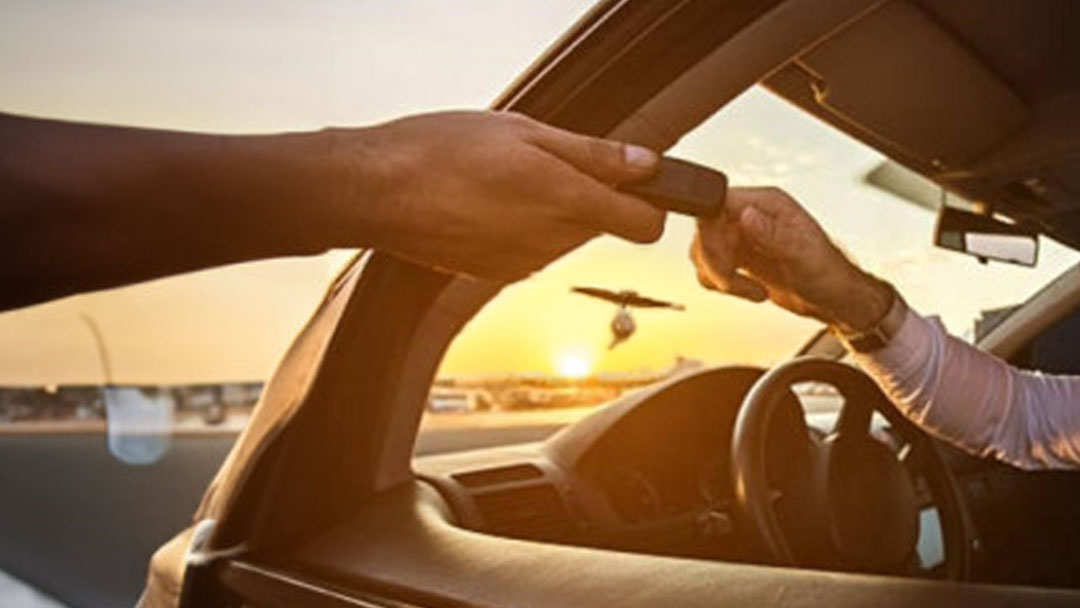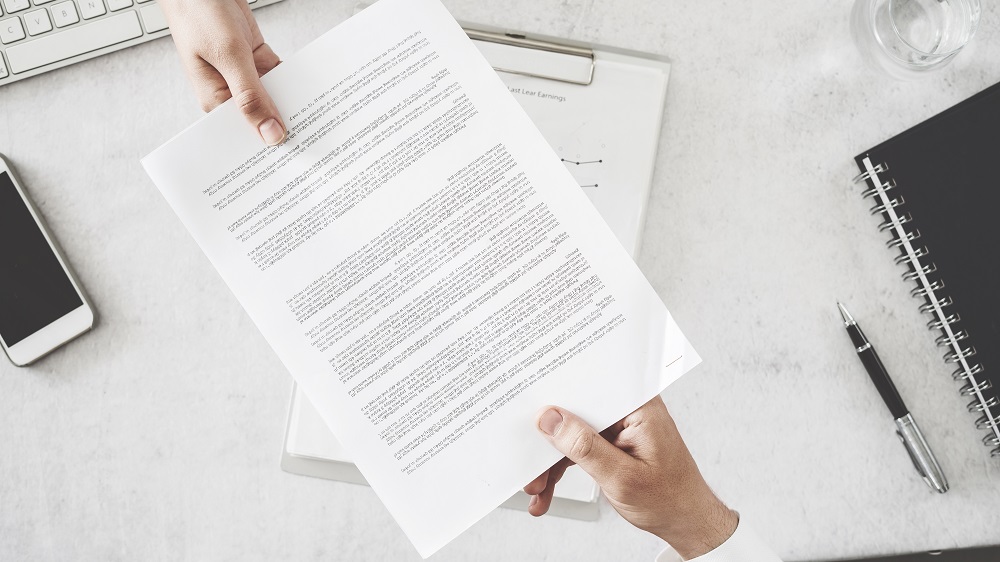Renting a car in the UAE is a convenient and cost-effective way to travel, whether you are a tourist, business traveler, or resident. However, before driving off with your rental vehicle, it is essential to go through a thorough inspection and verification process to avoid any unexpected issues or charges.
1. Verify Rental Agreement & Documents
Before taking the car, ensure you have the correct paperwork and documents in order:
✔️ Rental Agreement – Read and understand the terms and conditions, including insurance, mileage limits, and extra charges.
✔️ Driving License – UAE residents must provide a valid UAE driving license. Tourists may need an International Driving Permit IDP along with their home countrys license.
✔️ Security Deposit Receipt – If a deposit is required, confirm the amount and expected refund timeline.
✔️ Insurance Coverage – Verify the level of insurance provided basic, collision damage waiver, or full coverage.
💡 Tip: Keep a digital or physical copy of all documents during your rental period.
2. Inspect the Car for Any Damage
Before leaving the rental location, conduct a thorough inspection of the cars exterior and interior:
✔️ Check for scratches, dents, or damages on the car body, bumper, and wheels.
✔️ Inspect the headlights, taillights, and turn signals to ensure they are functioning properly.
✔️ Look for windshield cracks, wiper blade issues, and side mirror conditions.
✔️ Check the car interior, including seats, dashboard, and electronic controls.
✔️ Examine the tires to ensure they are in good condition and properly inflated.
💡 Tip: Take photos or videos of the car before driving off as proof of its condition in case of disputes later.
3. Confirm Fuel Level & Fuel Policy
Car rental companies in the UAE have different fuel policies:
✔️ Full-to-Full Policy – You receive the car with a full tank and must return it full to avoid refueling charges.
✔️ Prepaid Fuel Policy – You pay in advance for fuel and return the car with any level.
💡 Tip: Check the nearest petrol stations to avoid last-minute refueling fees.
4. Test Drive & Check Car Features
Before leaving the rental office, ensure the car is in good working condition:
✔️ Start the engine and listen for unusual sounds.
✔️ Test the brakes, accelerator, and steering wheel.
✔️ Try the air conditioning and ventilation system – important in UAEs hot climate.
✔️ Check GPS, radio, and USB/Bluetooth connectivity if required.
💡 Tip: If you notice any issues, request a replacement car immediately.
5. Review Salik Toll & Traffic Fine Policy
✔️ Salik System – Dubai and Abu Dhabi have an automated toll system Salik, and each crossing is charged at AED 4. Rental companies deduct these from your security deposit or charge them separately.
✔️ Traffic Fines – Any fines incurred during your rental period will be your responsibility. Rental companies may add admin fees on top of the fine amount.
💡 Tip: Always follow traffic laws and check the rental companys fine processing fees.
6. Ask About Roadside Assistance & Emergency Contacts
✔️ Confirm if the rental company provides 24 by 7 roadside assistance in case of a breakdown or accident.
✔️ Get the customer support and emergency contact numbers for quick help.
💡 Tip: In case of an accident, call 999 Dubai Police and obtain a police report – it is required for insurance claims.
7. Check Mileage Limits & Extra Charges
✔️ Some rentals have a daily, weekly, or monthly mileage limit – exceeding it results in extra charges per kilometer.
✔️ Confirm whether cross-border driving for example, to Oman is allowed – usually, it is not permitted without special approval.
💡 Tip: If you plan to drive long distances, ask about unlimited mileage packages.
Final Checklist Before Driving Off
✅ Verify documents and rental agreement
✅ Inspect car for damages and take pictures
✅ Check fuel level and fuel policy
✅ Test drive and check all features
✅ Confirm toll system and fine policy
✅ Ask about roadside assistance
✅ Understand mileage limits and extra charges
🚗 Planning to rent a car in the UAE? Follow this checklist to ensure a hassle-free experience! 🚗



.jpg)
.jpg)
